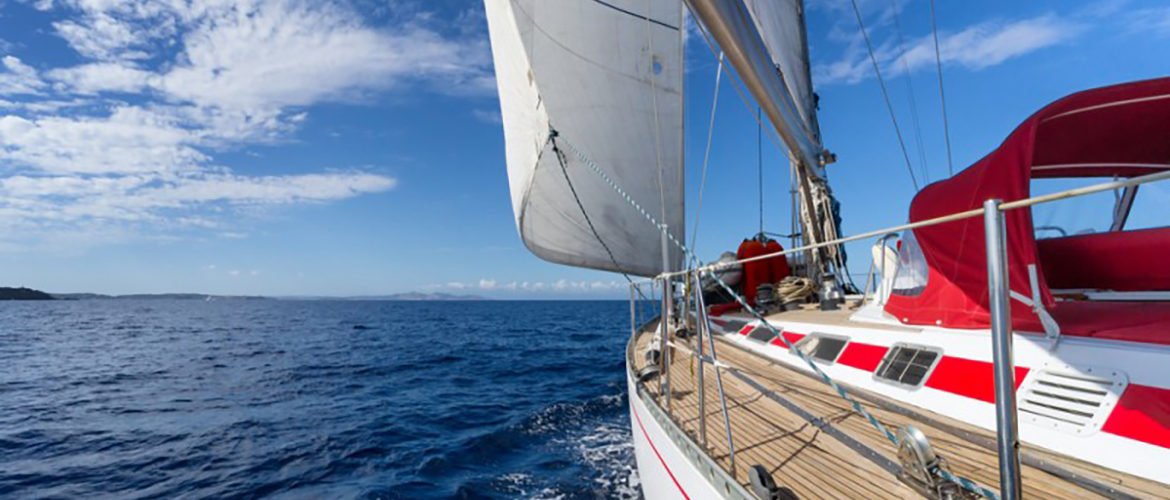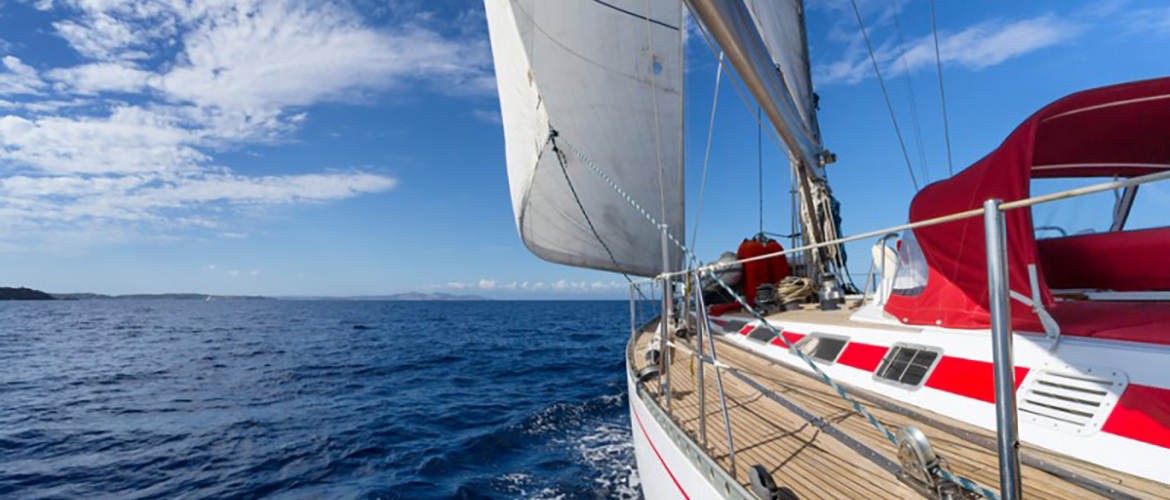America’s Cup Primer, Part I

By Tim Mosso
One of the most enduring luxury watch trends to emerge since the modern resurrection of the mechanical wristwatch has been the association between high-end timepieces and the America’s Cup yacht race.
Omega, Audemars Piguet, and TAG-Heuer have sponsored crews in the competition and issued commemorative chronographs to celebrate their teams. Linking luxury watches with the most prestigious of watersports is a savvy marketing move.
Among professional sports, the America’s Cup sailing challenges rank with Formula 1 and the Reno National Championship Air Races as the ultimate expression of applied technology, committed wealth, and visceral excitement.
Join 300magazine for an in-depth, three-part look at the world of America’s Cup racing: the rules of the game, its origins, its greatest defenders and challengers, and the mounting excitement as the 35th America’s Cup approaches.
The fundamentals of the America’s Cup races are simple. Each edition of the regattas involves a challenge. For each challenge, there is an incumbent cup holder known as the defender. The defender is always the yacht club that won the previous challenge, and that club submits itself to a new challenge under sporting rules enumerated in the Deed of Gift.
This Deed is a legal document dating back to 1857, when the first winners of the Cup donated the trophy to the New York Yacht Club, of which the pioneering champions were members. The Deed specifies the terms under which the challenger must issue its notice to the defender.
The New York State Supreme Court holds the Deed in trust. Disputes over sporting matters are referred directly to the court, which serves as the first and last recourse for clarification on the rules. The court’s role in the sport is more than a ceremonial formality. Teams have sought clarification from the court on several occasions: the court discarded one challenge in 2010; and one successful defense in 1988 remained provisional until upheld by the court.
While the challenger specifies which boats will be used, there is a certain degree of ambiguity within the Deed of Gift concerning the exact size and shape of the yachts that are permitted. In several cases, the age of the Deed has created spectacular controversy — until the 2013 cup, the Deed’s most recent technical revision dated back to the immediate aftermath of World War Two.
Consider the 27thAmerica’s Cup of 1988. The defending San Diego Yacht Club received a grandiose challenge from the Mercury Bay Boating Club of New Zealand. Mercury Bay declared that its challenger would be over 90 feet long, enormously expensive, and likely the fastest single-hulled yacht afloat. Under the Deed, Mercury Bay was required to commit to the size and specification of its challenger before the defender was required to reveal its design.
Due to the age of the Deed, it contained no prohibition — or reference of any kind — to high-performance multihulls. As a result, the SDYC entered a wickedly fast catamaran known as Stars & Stripes H3, which destroyed the Kiwi challenger 2-0 in match competition. The challenger’s recourse to a legal contest saw the SDYC retain the Cup, but the delayed verdict meant an official winner wasn’t declared until 1990!
The first 119 years of the America’s Cup competition involved one-on-one challenges between contending yacht clubs. However, the second half of the 20th century saw a global explosion of interest in the Cup. The emergence of multiple qualified challengers required an amendment to the sporting terms of the Deed. Consequently, the 1970 America’s Cup brought the first-ever qualifying rounds.
This high-stakes series of elimination matches allows the yacht owners (known as “syndicates”) and their sponsoring yacht clubs (“challengers”) to face the challenger of record (the first club to bring the cup challenge) for the right to face the defender. If a contending club beats the Challenger of Record, the winning club becomes the final challenger in the America’s Cup.
All facets of the America’s Cup have a powerful association with the luxury lifestyle. With respect to cup sponsorship, broader luxury-industry trends have closely paralleled luxury-watch trends.
Since 1983, premium accessory manufacturer Louis Vuitton has been the title-sponsor of the America’s Cup qualifying regattas, which are collectively known as the Louis Vuitton Cup.
As of 2014, the flagship watch brand of Louis Vuitton Moet-Hennessy S.A., TAG-Heuer, continues its sponsorship of the reigning America’s Cup champion syndicate, Oracle Team USA. Oracle, backed by the Golden Gate Yacht Club, will sail as the Defender at the 35th America’s Cup in 2017.
In recent years, the America’s Cup has occurred with increased regularity while attracting greater media attention, public interest, and sponsor involvement.
The emergence of billionaire technology magnates, luxury-goods conglomerates, and 24-hour media have created an appetite and budget for America’s Cup racing that has increased the frequency of the challenges to the level of regularly scheduled events.
The first 125 years of America’s Cup competition witnessed only 25 regattas, all but two of them involving challenges from a solitary challenger. In contrast, the last 37 years of the series have seen the same number of regattas — taking into account the events at the Cup level, and the 13 qualifying rounds that have accompanied the Cups.
Luxury-industry and luxury-watch trends associated with the marketing of high-tech sports chronographs, sunglasses, athletic wear, and even automobiles correspond perfectly with the flow of money and public interest towards America’s Cup racing.
Individual syndicate costs can exceed $100 million for a successful campaign. Yet challengers and defenders, often powered by Silicon-Valley money, are more active now than at any point in the sport’s history.
The next installment of 300magazine’s America’s Cup Primer will explore that history in-depth, and trace a path to the sport’s high-tech present.

